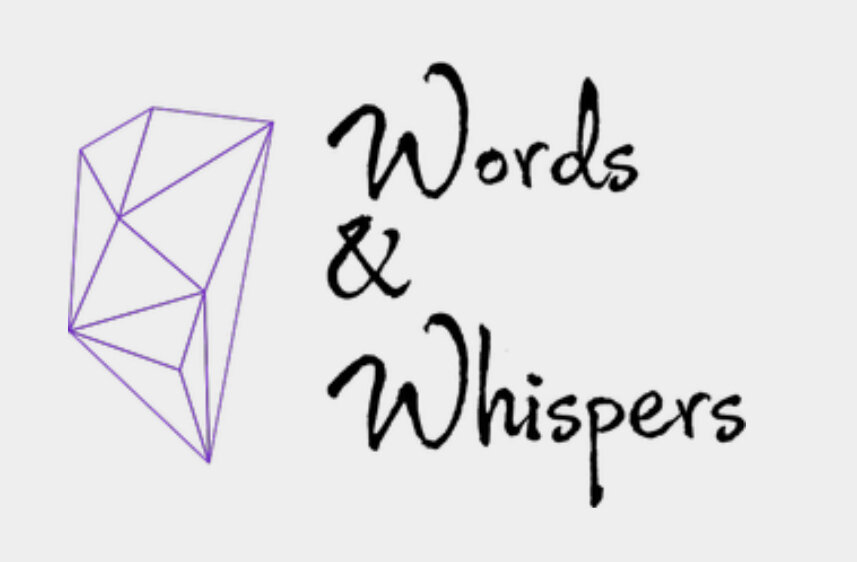Editor’s Note
Ashley Renselaer, Founder & Editor-in-Chief
Dear Readers,
Spring is announcing its arrival, and yet many of us find ourselves grieving and hesitant to embrace hope. As we are reeling from the loss of 500,000 American lives, as well as the loss of every conceivable notion of community, comfort, and safety, we are left to make sense of this unprecedented trauma, struggling to find solace and hope. Many of us feel battered and exhausted, asking ourselves, just how do we find our way to a new beginning, to a new spring? How can we dare to hope? For my part, no other poet than Emily Dickinson can conjure up the lighthouse of hope in this sea of darkness that is our day-to-day reality. Confined and stifled by the demands of patriarchy, Dickinson lived a life of seclusion and solitude starting in her late 20’s. By all accounts of her biographies, she was intimately familiar with pain, loss and grief. And yet the element of hope is the most singular powerful engine in all her poetry. In one of her most celebrated poems, she describes hope as a bird: “‘Hope” is the thing with feathers / That perches in the soul / And sings the tune without the words / And never stops / at all.” Giving “hope” the image of a feathery, singing bird, Dickinson demonstrates an astute understanding of the psychology of hope as an unrelenting, never-stopping engrained characteristic of human nature; that as fragile as it might be, it will persevere. In another poem, hope is the antidotal determination to battling despair: “Not Sleet could bite me— Not a frost could cool— Hope it was that kept me warm— Not Merino shawl—“; as long as, one is in the company of hope, no dread, no sleet, no frost could bend one’s soul. Dickinson teaches us that we can and should venture from grief to optimism nurtured by hope amidst all the ongoing pain and adversity.
In this spirit of hopeful optimism, our third issue is a collection of prose and poetry that seeks to bring solace, peace, and hope. Ariyo Ahmad soulfully muses on life and destiny in his poem “The Lines in My Palm”: “I don’t know who crafted / this rays of moonshine on my palm / like a footprint in the heart of a desert / and a distinct dent on the face of a mountain”. In “Another Phoebe Bridgers Song”, Joyce Liu allows her readers to rediscover along with her the desire to be tender and to belong: “I want to be the fragment of melody that ricochets around your head all day”. Brittany Ober sweeps us into the minutia of a day of labor with her poem Men at Work: “What a waste. Consider the work/ it takes to maintain New York City./One late alarm, the mechanism/ risks a break”. In her poem “Say Yes”, inspired by Erin Adair Hudges, Courtney LeBlanc gives us an intimate look into the tensions and anxieties of a relationship, leaving us with insight and empathy.
Emily Dickinson wrote that “the world in not conclusion”, that it is “positive”, and “it beckons, and it baffles”. Look no further for such truths than in Words and Whisper’s third issue; all the poets and authors in this issue invite you to delve into the world and all its complexities, asking questions, searching for answers, finding beauty all along. It is my sincere hope that these poems and prose will reassure your trust in the future, inspiring you to let the miracle of hope be that unexpected ray of sunshine that guides you through these dark times.
Humbly,
Ashley Renselaer
Founder & Editor-in-Chief
Words & Whispers Literary Journal
